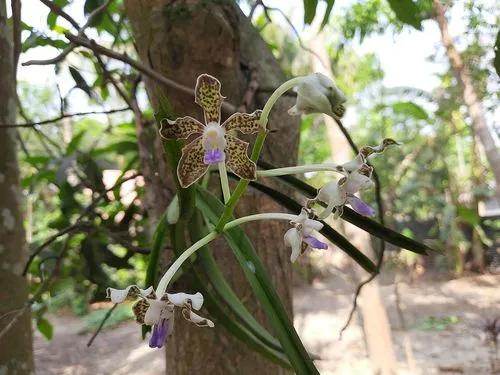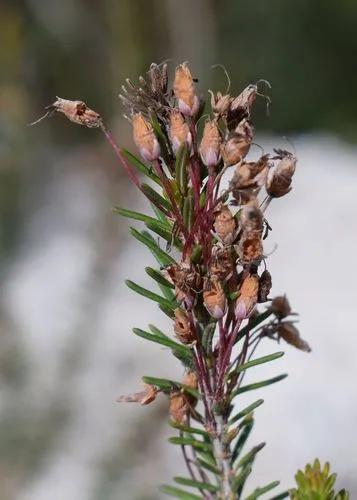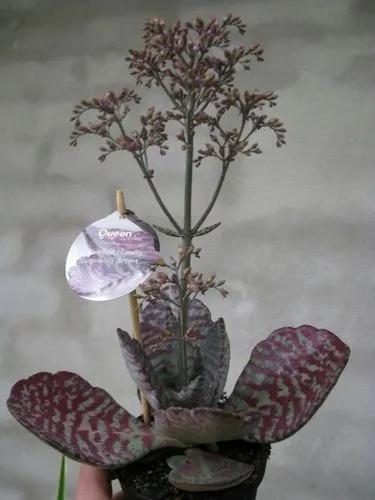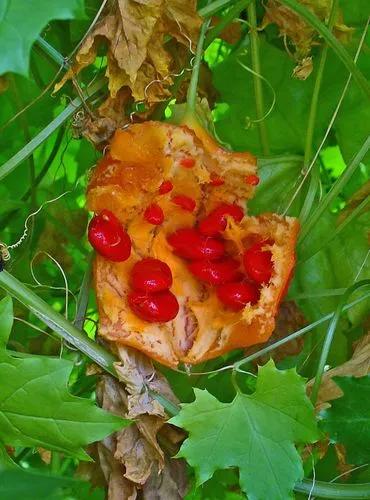Seemannia is a small South American genus in the same family (Gesneriaceae) as african violets and gloxinias (and until recently Seemannia was included in the genus Gloxinia). The species and a few hybrids (primarily my own) are in very limited cultivation, but I believe that with a bit of tweaking they may have some commercial potential as bedding and container plants. (Photo: Seemannia 'Little Red', one of my own hybrids)Seemannias have wonderful brightly-colored flowers, but the plants are exceedingly boring when not in bloom. One species, Seemannia sylvatica (syn. Gloxinia sylvatica, Seemannia latifolia) has been in cultivation for a very long time and is used as a bedding plant in southern Florida, where it blooms in the winter
Seemannia Sylvatica Care
Gloxinia Sylvatica



What is the plant
How to Care for the Plant

Water

Water gloxinias often enough to keep the soil moist. The leaves develop brown spots if they get wet, so apply the water directly to the soil under the leaves. If allowed to dry out, gloxinias go dormant.

Fertilizer

Use a high-phosphorus liquid plant food every two weeks on your flowering gloxinia houseplant.

Sunlight

Place gloxinias in a bright area, out of direct sunlight. A location near a sunny window just outside the reach of the sun’s rays is ideal.
Ease your plant care routine with PlantIn's personalized system.

Soil

Fertile, humus-rich soil.

Temperature

Growing gloxinia houseplants thrive in average room temperatures of between 60-75 F. (16-24 C.).

Popularity

10 people already have this plant 5 people have added this plant to their wishlists
What's wrong with your plant?
Related Plants
Discover more plants with the list below
Popular articles






